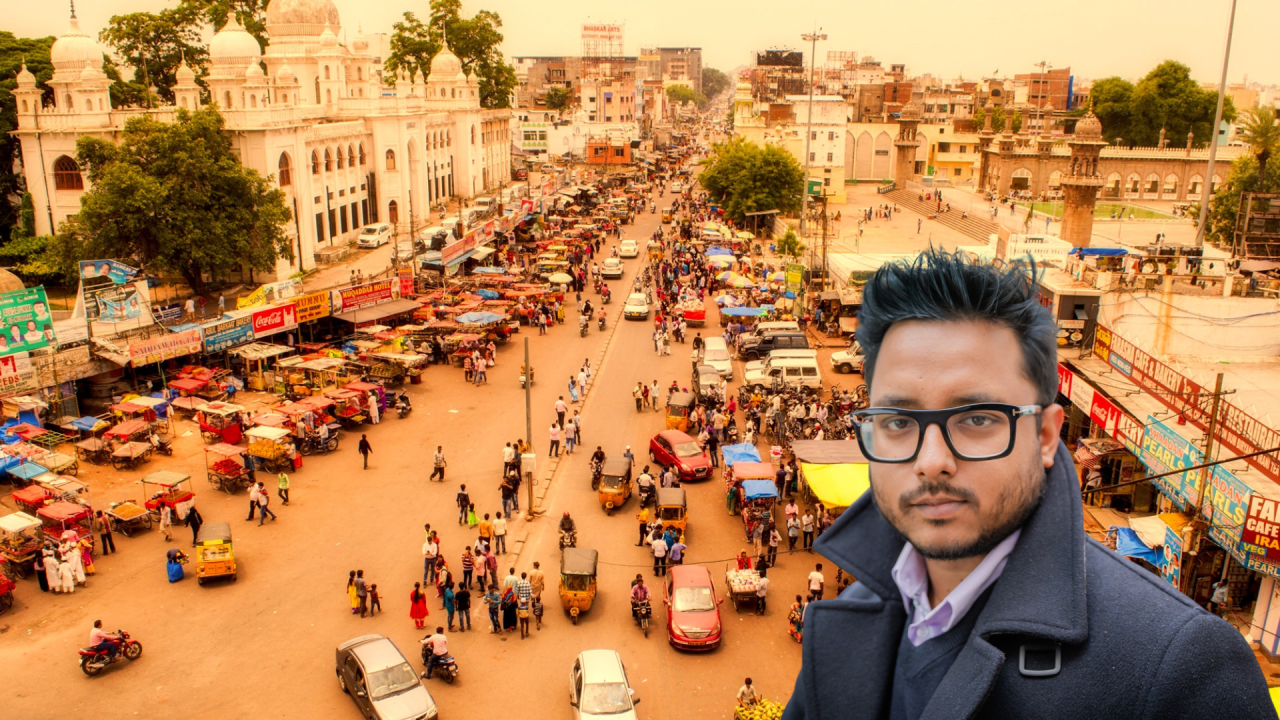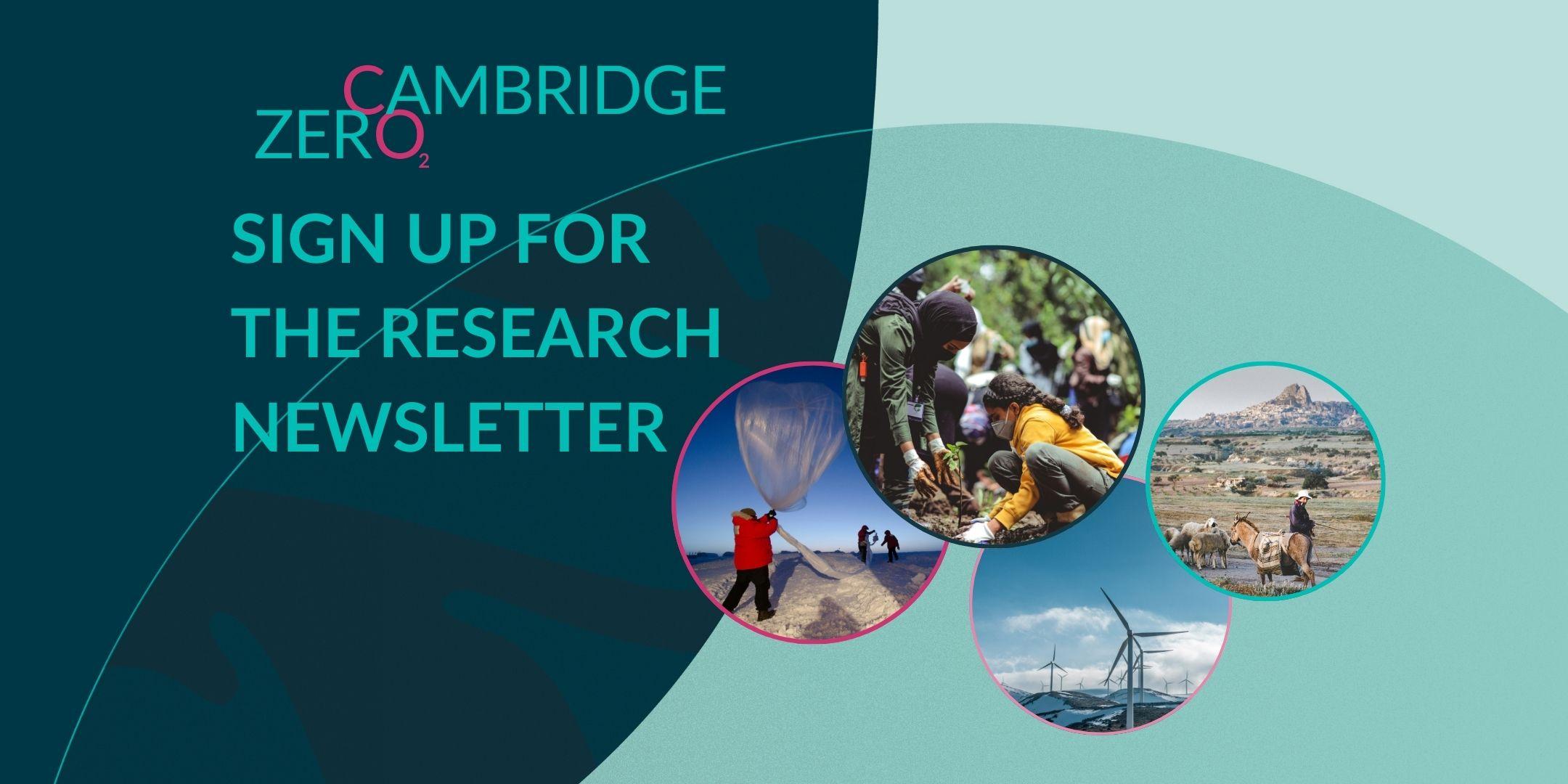In low-income neighbourhoods in the global south, heat disproportionately affects the health of women (see, for example, J. Malik and R. Bardhan Energy Build. 281, 112756; 2023), so simply providing more shade will not be enough (see V. K. Turner et al. Nature 619, 694–697; 2023). To protect women against heatwaves, their everyday sociocultural realities need to be taken into account.
Women in overcrowded makeshift urban settlements must cope with the physiological demands on their bodies — menstruation, pregnancy and lactation, for example — in the face of relentless and heavy domestic labour and with limited access to cooling infrastructure and drinking water. Attempts to reduce risks to their health should factor in their limited ability to adapt to extreme heat, the point at which they seek medical care and the gender norms that influence their behaviour and agency.
The next generation of heat-action plans for such settlements should then be informed by data sets that include health outcomes and gendered cultural differences. Data from observational studies, randomized and natural experiments will need to be triangulated to minimize intervention effects of different studies across socio-demographic strata (see M. W. Risjord et al. J. Nurs. Scolarsh. 34, 269–275; 2002).
Read the letter on Nature here



